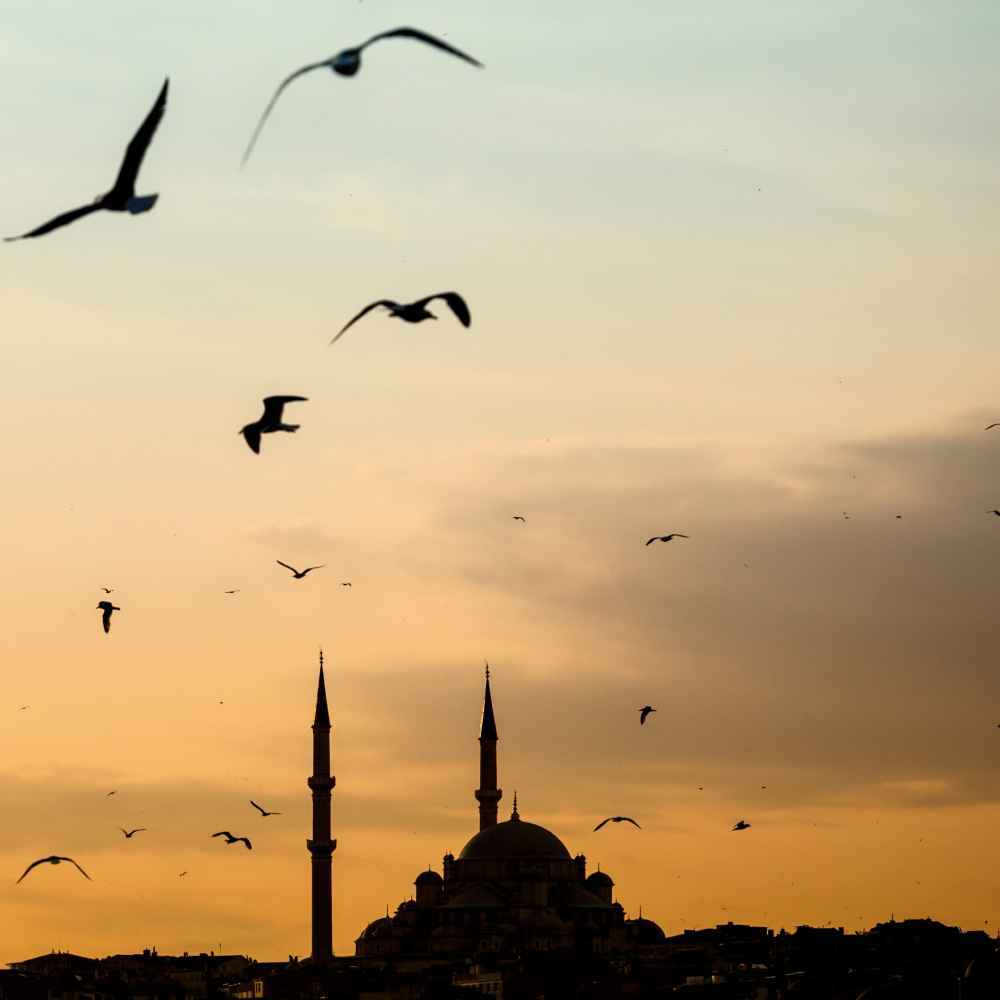Prayer Times in Republic of Korea
20
N:34.873055, E:128.43556
17
N:36.516666, E:126.35
20
N:34.873055, E:128.43556
17
N:36.516666, E:126.35
20
N:34.873055, E:128.43556
05
N:36.55, E:127.433334
14
N:36.12583, E:128.49556
20
N:35.37528, E:128.32333
05
N:36.466667, E:127.78333
20
N:35.37528, E:128.32333
14
N:36.6, E:128.08333
16
N:34.609444, E:127.39833
16
N:34.65778, E:126.047226
14
N:37.023335, E:129.36417
14
N:37.023335, E:129.36417
17
N:36.75, E:126.51667
10
N:35.08, E:128.96889
10
N:35.079723, E:128.95111
05
N:36.922222, E:128.35445
20
N:34.75, E:128.41667
10
N:35.08, E:128.96889
13
N:37.448055, E:126.88084
05
N:36.922222, E:128.35445
18
N:35.134724, E:126.77889
18
N:35.133057, E:126.7725
18
N:35.134724, E:126.77889
13
N:37.55, E:127.21667
Jeollanam-do
N:34.9124, E:127.39
Gyeongsangnam-do
N:35.5457, E:128.499
Kiribati (general)
N:35.5, E:128.5
Kiribati (general)
N:35.1, E:126.46667
05
N:36.35, E:127.76667
16
N:34.392776, E:126.90083
16
N:34.392776, E:126.90083
05
N:36.245, E:127.56556
14
N:36.599167, E:129.30028
14
N:36.716667, E:129.23334
14
N:36.716667, E:129.15
13
N:37.95222, E:126.83722
13
N:37.93889, E:126.849724
20
N:34.83972, E:128.05667
20
N:35.9, E:127.86667
17
N:36.116665, E:126.61667
20
N:34.83972, E:128.05667
16
N:34.42361, E:127.50916
14
N:36.634724, E:129.22055
20
N:34.883335, E:128.46666
14
N:37.029167, E:129.28027
06
N:38.466667, E:128.43333
05
N:37.133335, E:128.11667
11
N:37.533333, E:126.933334
Kiribati (general)
N:34.883335, E:128.6
06
N:38.466667, E:128.43333
Kiribati (general)
N:35.383335, E:126.85
14
N:36.283333, E:129.36667
16
N:34.586113, E:127.56639
20
N:34.70972, E:128.56139
14
N:36.283333, E:129.36667
Kiribati (general)
N:34.833332, E:127.35
16
N:34.509445, E:127.39667
News from IslamicFinder
Sunrise
Shurooq is the time of sunrise, the time when the upper limb of the sun just starts to appear above the horizon. This marks the end time for Fajr (morning) prayer.
Qiyam
The term Qiyam-ul-layl, in the most literal sense, means to stand during the night. It is a voluntary prayer which is offered between the time of Ishaa prayer and the Fajr prayer (before dawn). But the most preferred time is before sunrise, in the last third of the night.For more information, read our article on qiyam.
The difference between Standard and Hanafi (Juristic Methods)
The only difference is in the Asr prayer. In the standard method (which is used by Imamas Shafii, Hanbali, and Maliki) the Asr prayer time starts when the shadow of an object is equivalent to its height, whereas in the Hanafi method the Asr prayer time starts when the shadow of an object is twice its height.
Daylight Saving Time
Daylight Saving Time (DST) is the practice of setting the clocks forward one hour from standard time during the summer months, and back again in the fall, in order to make better use of natural strong daylight. IslamicFinder Website is adjusting daylight savings automatically according to your location.
Latitude and Longitude
To calculate the prayer times for a given location, we need to know the latitude and the longitude of your current city or town, along with the local timezone for that location. IslamicFinder is detecting longitude, latitude and timezone of your current city or town automatically. If you face any difference in prayer timings according to your current location then please confirm these latitude and longitude first. You can also use our 'Change Settings' option to change latitude, longitude and timezone of your current location. You can find this option of 'Change Settings' from Top Search bar setting link on right side or from today prayer times card.
Contact Us











